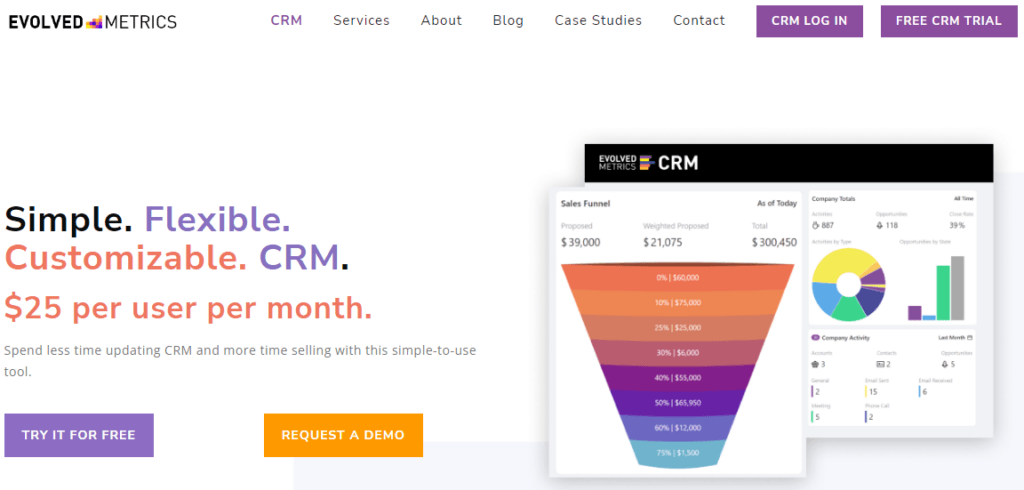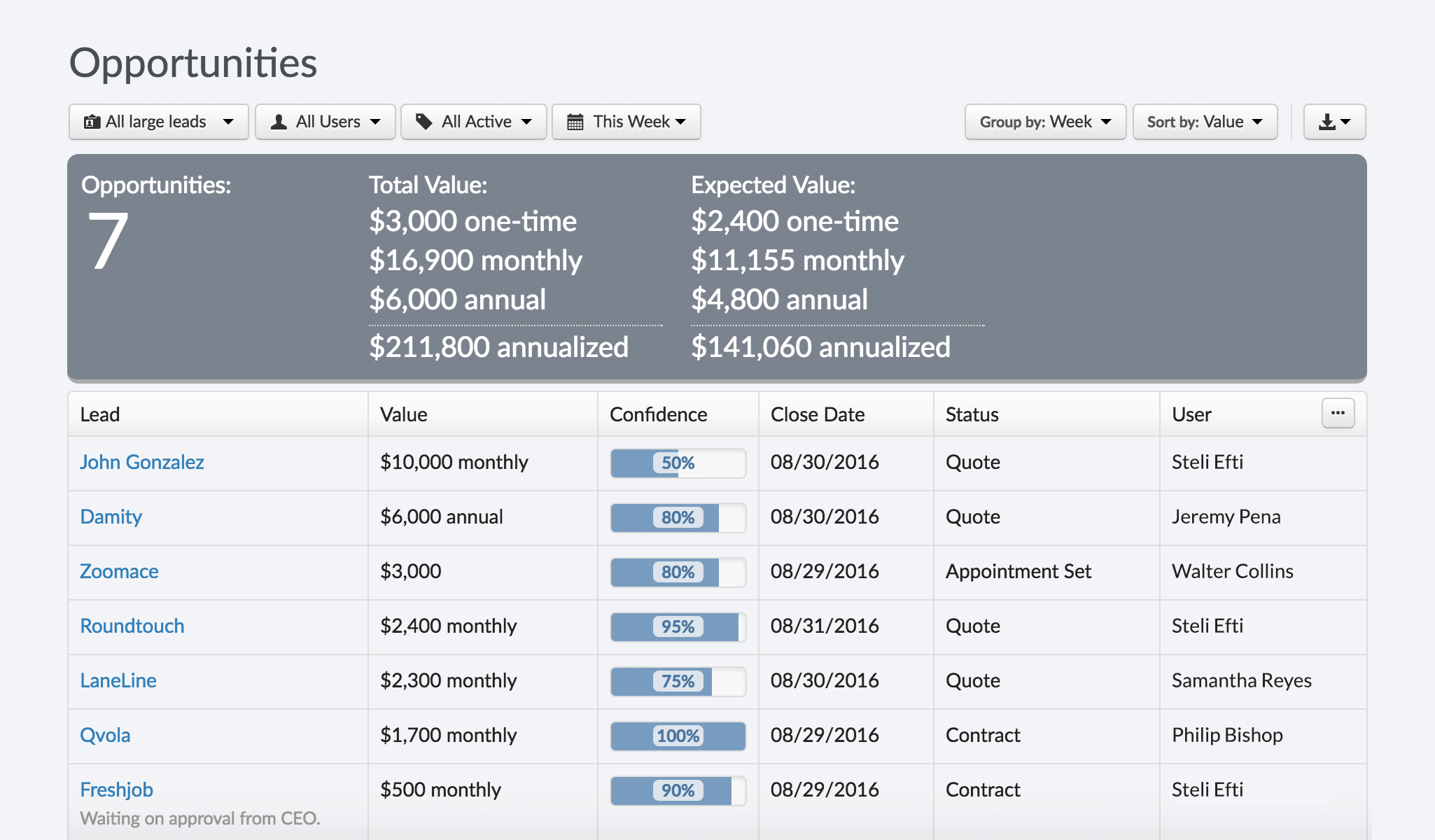
Supercharge Your Workflow: A Deep Dive into CRM Integration with Teamwork
In the fast-paced world of business, staying organized and efficient is no longer a luxury; it’s a necessity. Companies are constantly seeking ways to streamline their operations, improve team collaboration, and boost customer satisfaction. One powerful solution that addresses these needs is the integration of a Customer Relationship Management (CRM) system with a project management platform like Teamwork. This article will delve deep into the benefits, implementation strategies, and best practices of CRM integration with Teamwork, providing you with a comprehensive guide to transforming your business processes.
Understanding the Power of Integration
Before we explore the specifics, let’s establish why integration is so crucial. CRM systems are designed to manage customer interactions and data, encompassing everything from initial leads to post-sale support. Teamwork, on the other hand, is a project management tool that helps teams organize tasks, track progress, and collaborate effectively. When these two systems are integrated, the potential for synergy is immense.
Imagine a scenario where a sales representative closes a deal in your CRM. With integration, this information automatically flows to Teamwork, triggering the creation of a new project, assigning tasks to relevant team members, and setting deadlines. This eliminates manual data entry, reduces the risk of errors, and ensures that everyone is on the same page from the outset. This seamless flow of information is at the core of successful CRM and Teamwork integration.
Benefits of CRM Integration with Teamwork
The advantages of integrating your CRM with Teamwork are numerous and impactful. Here are some of the key benefits:
- Improved Communication and Collaboration: Integrated systems foster better communication between sales, marketing, and project teams. Team members have instant access to customer information, allowing them to tailor their interactions and provide personalized service.
- Increased Efficiency: Automation is the name of the game. Integration automates many manual tasks, such as data entry, task creation, and project initiation. This frees up valuable time for your team to focus on more strategic activities.
- Enhanced Data Accuracy: Manual data entry is prone to errors. Integration ensures that data is consistent across both systems, reducing the likelihood of mistakes and improving the overall accuracy of your information.
- Better Customer Experience: By providing a unified view of the customer, integrated systems enable your team to deliver more personalized and responsive service. This leads to increased customer satisfaction and loyalty.
- Streamlined Sales Process: Integration can automate the handoff from sales to project teams, ensuring a smooth transition and reducing the risk of delays.
- Improved Project Management: With access to customer data within Teamwork, project managers can better understand the context of each project and make informed decisions.
- Data-Driven Decision Making: Integrated systems provide a comprehensive view of your business operations, allowing you to track key metrics, identify trends, and make data-driven decisions.
Key Features to Look for in CRM Integration with Teamwork
Not all integrations are created equal. When choosing a CRM integration solution for Teamwork, consider these essential features:
- Contact Synchronization: Automatically sync contact information between your CRM and Teamwork, ensuring that everyone has access to the most up-to-date contact details.
- Deal and Opportunity Tracking: Track sales deals and opportunities within Teamwork, linking them to relevant projects and tasks.
- Task and Project Creation: Automate the creation of tasks and projects in Teamwork based on actions in your CRM, such as closing a deal or creating a new opportunity.
- Activity Logging: Automatically log activities, such as calls, emails, and meetings, in both your CRM and Teamwork, providing a complete record of customer interactions.
- Reporting and Analytics: Generate reports and analyze data from both systems to gain insights into your sales performance, project progress, and customer behavior.
- Customization Options: Look for an integration solution that allows you to customize the data fields, workflows, and triggers to meet your specific business needs.
Choosing the Right CRM for Teamwork Integration
The choice of CRM is crucial for successful integration. Several CRM systems offer robust integration capabilities with Teamwork. Here are some of the most popular options:
- Salesforce: A leading CRM platform known for its comprehensive features and extensive customization options. Salesforce offers a powerful integration with Teamwork, allowing you to synchronize data, automate workflows, and track sales activities within your project management environment.
- HubSpot CRM: A free, all-in-one CRM platform that’s easy to use and offers a wide range of features, including contact management, deal tracking, and email marketing. HubSpot CRM integrates seamlessly with Teamwork, enabling you to sync contacts, create tasks, and track project progress.
- Zoho CRM: A versatile CRM system that caters to businesses of all sizes. Zoho CRM provides a robust integration with Teamwork, allowing you to automate tasks, track deals, and manage customer relationships effectively.
- Pipedrive: A sales-focused CRM designed to help sales teams manage their deals and close more business. Pipedrive integrates with Teamwork, providing a streamlined workflow for sales and project management.
- Insightly: A CRM platform that’s ideal for small to medium-sized businesses. Insightly offers a straightforward integration with Teamwork, allowing you to synchronize contacts, track deals, and manage projects efficiently.
When selecting a CRM, consider factors such as your budget, the size of your business, your specific needs, and the level of integration offered with Teamwork. Research the integrations available for each CRM and read reviews from other users to determine which solution is the best fit for your organization.
Step-by-Step Guide to Implementing CRM Integration with Teamwork
Implementing CRM integration with Teamwork can seem daunting, but following a structured approach can make the process smoother. Here’s a step-by-step guide:
- Assess Your Needs: Before you begin, identify your specific goals and requirements. What do you hope to achieve with the integration? What data needs to be synchronized? What workflows need to be automated?
- Choose an Integration Method: There are typically three main methods for integrating your CRM and Teamwork:
- Native Integration: Some CRM systems and Teamwork offer native integrations, which are pre-built and often provide the most seamless experience.
- Third-Party Integration Tools: Several third-party tools, such as Zapier, Automate.io, and PieSync, can connect your CRM and Teamwork. These tools often offer a wide range of pre-built integrations and customization options.
- Custom Integration: For more complex integrations, you may need to develop a custom solution using APIs and custom code.
- Select the Right Integration Solution: Based on your needs and budget, choose the integration method that best suits your requirements.
- Set Up Your Accounts: Ensure that you have active accounts for both your CRM and Teamwork.
- Configure the Integration: Follow the instructions provided by your chosen integration solution to configure the connection between your CRM and Teamwork. This typically involves connecting your accounts, mapping data fields, and setting up workflows.
- Test the Integration: Thoroughly test the integration to ensure that data is being synchronized correctly and that workflows are functioning as expected.
- Train Your Team: Provide training to your team members on how to use the integrated systems and the new workflows.
- Monitor and Optimize: Regularly monitor the integration to ensure that it’s functioning correctly and to identify any areas for improvement. Optimize your workflows and settings as needed.
Best Practices for Successful CRM Integration with Teamwork
To maximize the benefits of CRM integration with Teamwork, consider these best practices:
- Plan Thoroughly: Before you begin, take the time to plan your integration strategy carefully. Define your goals, identify your requirements, and choose the right integration solution.
- Start Small: Don’t try to integrate everything at once. Start with a small pilot project and gradually expand the integration as you gain experience.
- Map Data Fields Carefully: Ensure that data fields are mapped correctly between your CRM and Teamwork to avoid data discrepancies.
- Automate Workflows Effectively: Automate workflows strategically to streamline your processes and save time.
- Provide Comprehensive Training: Train your team members on how to use the integrated systems and the new workflows.
- Regularly Review and Optimize: Regularly review your integration to identify any areas for improvement and optimize your settings as needed.
- Maintain Data Quality: Keep your data clean and accurate in both your CRM and Teamwork.
- Prioritize Security: Implement security measures to protect your data and ensure that your integration is secure.
- Seek Expert Help: If you’re unsure about any aspect of the integration process, don’t hesitate to seek help from an expert.
Real-World Examples of CRM Integration with Teamwork in Action
To illustrate the power of CRM integration with Teamwork, let’s look at some real-world examples:
- Sales Team: A sales team uses Salesforce to manage leads and opportunities. When a deal is closed, the integration automatically creates a new project in Teamwork, assigns tasks to the project team, and populates the project with relevant customer information. This ensures that the project team has all the information they need to get started quickly.
- Marketing Team: A marketing team uses HubSpot CRM to manage contacts and track marketing campaigns. The integration automatically syncs contact data with Teamwork, allowing the team to segment their audience and tailor their marketing messages. When a lead converts into a customer, the integration triggers the creation of a new project in Teamwork, ensuring a smooth handoff from marketing to the project team.
- Project Management Team: A project management team uses Zoho CRM to manage customer relationships and Teamwork to manage projects. When a new project is created in Teamwork, the integration automatically links the project to the corresponding customer record in Zoho CRM, providing project managers with easy access to customer information and a complete view of the customer relationship.
- Customer Support Team: A customer support team uses Insightly to manage customer interactions and Teamwork to manage support tickets. The integration automatically creates tasks in Teamwork when a new support ticket is created in Insightly, ensuring that support requests are addressed promptly and efficiently.
Troubleshooting Common Integration Issues
Even with careful planning and execution, you may encounter some common integration issues. Here’s how to troubleshoot them:
- Data Synchronization Errors: If data is not synchronizing correctly, check the following:
- Connection Settings: Verify that your connection settings are correct.
- Data Field Mapping: Ensure that data fields are mapped correctly between your CRM and Teamwork.
- Permissions: Confirm that you have the necessary permissions to access and modify data in both systems.
- Workflow Issues: If workflows are not functioning as expected, check the following:
- Triggers: Verify that your triggers are set up correctly.
- Actions: Ensure that your actions are configured properly.
- Conditions: Confirm that your conditions are met.
- Performance Issues: If the integration is slowing down your systems, check the following:
- Data Volume: Consider reducing the amount of data that is being synchronized.
- Synchronization Frequency: Adjust the synchronization frequency to optimize performance.
- Resource Usage: Monitor resource usage in both systems to identify any bottlenecks.
- Security Issues: If you have concerns about security, check the following:
- Encryption: Ensure that your data is encrypted in transit and at rest.
- Access Controls: Implement strong access controls to restrict access to sensitive data.
- Regular Audits: Conduct regular security audits to identify and address any vulnerabilities.
The Future of CRM Integration with Teamwork
The integration of CRM systems with project management platforms like Teamwork is constantly evolving. As technology advances, we can expect to see even more sophisticated integrations that offer:
- Artificial Intelligence (AI)-Powered Automation: AI will be used to automate more complex tasks, such as predicting customer behavior, optimizing workflows, and providing personalized recommendations.
- Enhanced Data Analytics: Integration will provide even deeper insights into your business operations, allowing you to track key metrics, identify trends, and make data-driven decisions with greater accuracy.
- Improved User Experience: Integration will provide a more seamless and intuitive user experience, making it easier for your team to use the systems and collaborate effectively.
- Increased Personalization: Integration will enable you to personalize your customer interactions and provide more tailored service, leading to increased customer satisfaction and loyalty.
- Mobile Integration: With the increasing use of mobile devices, we can expect to see more mobile-friendly integrations that allow your team to access data and manage projects from anywhere.
The future of CRM integration with Teamwork is bright. By embracing these advancements, you can position your business for success in today’s competitive landscape.
Conclusion: Embracing Integration for a More Efficient Future
CRM integration with Teamwork is a powerful strategy for streamlining your business processes, improving team collaboration, and enhancing customer satisfaction. By carefully planning your implementation, choosing the right integration solution, and following best practices, you can unlock the full potential of these two powerful platforms.
The journey to successful integration may require effort, but the rewards are well worth it. By embracing integration, you can create a more efficient, productive, and customer-centric business. Start exploring the possibilities of CRM integration with Teamwork today and take the first step towards a brighter future for your business.


